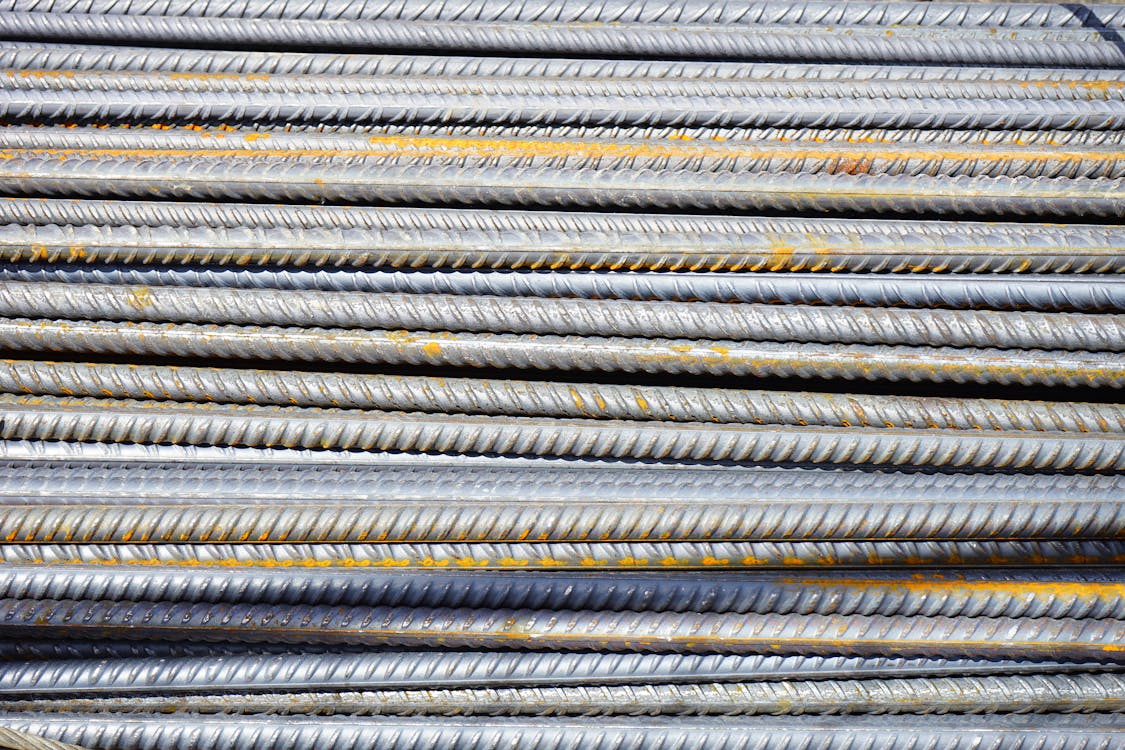Since, concrete is relatively weak in tension,
reinforcement
consisting of steel bars, strands or wires is required to
absorb
tensile, shearing and sometimes the compressive stresses
in a concrete member or structure. Steel reinforcement is
also required to tie vertical and horizontal elements,
reinforce
the edges around openings, minimize shrinkage cracking and
control thermal expansion and contraction. All reinforcement
should be designed by a suitably qualified engineer.

Reinforcing bars are steel sections hot-rolled with ribs
or other deformations for better mechanical bonding
to concrete. The bar number refers to its diameter in
millimeters – for example, a 6 bar is 6 mm in diameter.

The welded-wire fabric consists of a grid of steel wires or
bars welded together at all points of intersection. The fabric
is designated by the size of the grid in mm followed by a number indicating the wire size.
Reinforcing steel must be protected by the
surrounding concrete against corrosion and fire.
Minimum requirements for cover and spacing
are specified by the by-laws. Design of Concrete
Structures according to the concrete’s exposure
and the size of the coarse aggregate and steel
used.
Comments
Post a Comment